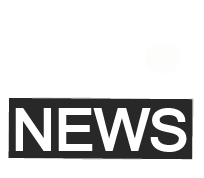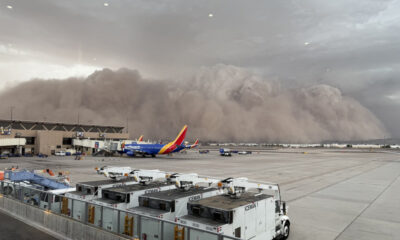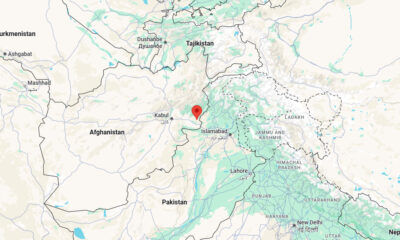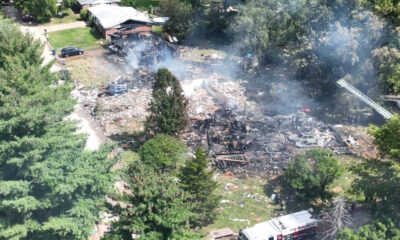Reviews
New Study Reveals Mounting Drone Safety Crisis as Usage Soars

A comprehensive study by Scott Vicknair Injury Lawyers has thoroughly examined the growing drone safety challenges posed by unmanned aerial vehicles across the country. With registered drones in the United States now exceeding 1 million as of early 2025, pressing questions about public safety, operator accountability, and effective regulation have become increasingly urgent for communities nationwide.
The detailed research identifies multirotor drones as the primary culprits in approximately 70% of all reported incidents, with most accidents typically happening between the hours of 10 a.m. and 10 p.m. Victims of these incidents commonly suffer serious injuries including lacerations, head trauma, and eye injuries resulting from falling drones or contact with exposed propellers. One particularly disturbing case documented in the study involved a young toddler who sustained a severe eye injury from a drone, dramatically underscoring the potential dangers when proper safety protocols are ignored by operators.
Regulatory Development
Drone regulations have undergone significant transformation and evolution since 2006, when the Federal Aviation Administration first allowed civilian drone operation with minimal guidelines and oversight. The dramatic surge in both commercial and recreational usage over subsequent years promptly prompted the FAA to implement a comprehensive national registration system by 2015 to better track and monitor these increasingly prevalent unmanned vehicles.
Today, sophisticated drones play crucial roles across multiple important industries including precision agriculture, construction monitoring, critical infrastructure inspection, professional media production, and tactical law enforcement operations. While bringing substantial economic and operational benefits to these sectors, these diverse applications also introduce new and complex risks that make strict regulatory compliance absolutely essential for operators.
Operators must now navigate complex airspace regulations, secure appropriate certifications, and maintain continuous control of their devices. Non-compliance can result in civil penalties, criminal charges, and stricter regulatory controls. Incidents where drones have disrupted emergency services, such as firefighting or rescue operations, further highlight the broader safety implications of inadequate regulation.
Technology Addressing Safety Concerns
Technological innovation is helping mitigate many drone-related risks. The anti-collision drone market, valued at $1.5 billion in 2022, is expected to reach $4.7 billion by 2030. These systems aim to prevent accidents in the air and on the ground, enhancing safety for both drones and nearby individuals.
Key safety technologies include:
- Collision avoidance systems with obstacle detection capabilities
- Geofencing features that restrict drones from entering prohibited areas
- Automated emergency landing functions for uncontrolled drones
- AI-enhanced navigation and traffic management systems for coordinating drone movements
These advances not only reduce accident potential but also enable drones to be safely deployed in sensitive contexts like delivery services and urban infrastructure management.
Call for Preventative Action
“This study highlights the urgent need for safety measures and regulatory compliance to prevent drone-related accidents,” noted a representative from Scott Vicknair Injury Lawyers. “The data shows that adhering to best practices can significantly reduce injuries and legal liabilities, ensuring safer skies for everyone.”
Education, training, and safety emphasis must become standard for all drone operators, regardless of whether they fly recreationally or commercially. Programs promoting certification, safety awareness campaigns, and stronger penalties for reckless operation are crucial steps toward minimizing risks.
Creating a Safer Future
As drone technology rapidly evolves and becomes more sophisticated, meaningful collaboration between federal regulators, industry stakeholders, and drone operators is absolutely essential for developing and maintaining a safer airspace for everyone. Strengthening oversight mechanisms, enhancing comprehensive public education initiatives, and implementing more rigorous enforcement protocols are necessary steps to ensure consistently responsible drone operation throughout the country.
Proactive safety measures will help build much-needed public confidence in drone technology moving forward, allowing society to fully benefit from its tremendous potential while effectively minimizing harmful outcomes and incidents. By carefully prioritizing safety standards and operator accountability at every level, the aviation community can enthusiastically embrace drone innovation while simultaneously protecting vulnerable communities nationwide from preventable accidents and injuries.

-

 US News1 week ago
US News1 week ago19 people shot, 2 killed, at Catholic school mass in Minneapolis
-

 US News1 week ago
US News1 week agoHaboob hits Phoenix; leaves thousands without power and damages airport roof
-

 World3 days ago
World3 days agoAt least 9 killed after 6.0 earthquake strikes northeastern Afghanistan
-

 Politics1 week ago
Politics1 week agoSusan Monarez ousted as CDC director just weeks after confirmation – WaPo
-

 US News1 week ago
US News1 week ago5 injured after house explosion in St. Louis County
-

 World3 days ago
World3 days agoGuyana says patrol came under fire from Venezuela; no injuries reported
-

 Politics1 week ago
Politics1 week agoTrump removes Fed Governor Lisa Cook over mortgage fraud allegations
-

 Politics1 week ago
Politics1 week agoBrawl breaks out in Mexican Senate between chamber president and opposition leader



